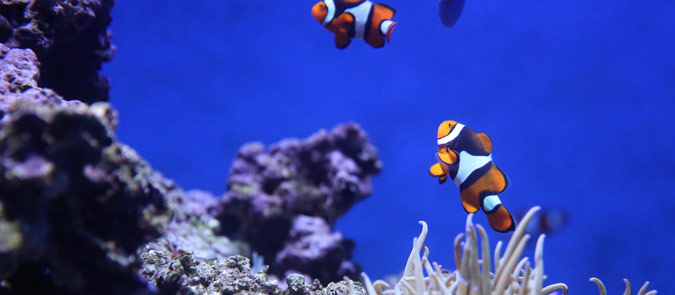
Why Corals Are Losing Their Colors
Environmentalists are concerned with the degradation of coral reefs around the world, but governments and private sectors are moving to salvage the ecosystem that many life forms are dependent on.
Many coral reefs are enduring bleaching events, one of the longest and most pervasive on record. Bleaching renders the reefs to turn white, loosing their vibrant colors. Made of tiny, squishy polyps that attach to rocks on the seafloor and secrete calcium carbonate at their base. The secretions turn into hard coral, providing the structure of coral reefs.
Inside polyps algae thrives, supplying nutrients and lending corals their vivid color. Bleaching happens due to the unusually warm waters brought about by climate change, stressing the corals and making them lose their algae. To make matters worse, carbon pollution is turning oceans more acidic, making it harder for polyps to absorb the calcium needed to produce hard coral.
How can 3D printing help the coral reefs? People have created artificial reefs by sinking ships or dropping concrete blocks into shallow waters, providing a rock-like surfaces where corals, together with algae, barnacles, anemones and other species could make a home. 3D printing improves this process, producing reefs that better imitate hard coral.
3D printing companies, from Bahrain and Monaco, are working to recreate the environment conducive to reef development. They manufacture pastel-colored sandstone reefs with the same shape and texture of coral. Sandstone’s neutral pH makes the artificial reefs an attractive destination for baby coral polyps.
A Melbourne company will feature a porcelain coating that more closely resembles the chemical makeup of coral. In addition, to combat the increasing acidity of oceans, teams from London are 3D printing artificial coral made of calcium carbonate. When placed in a reef, the coral would slowly dissolve, turning the surrounding waters less acidic.
Saving coral reefs, though they only represent 1 percent of the seafloor, can impact a worldwide ecosystem that affects half a billion people who depend on it for food or income.
Protecting the Endangered
Concerned also about saving coral reefs? Come by to visit 3D Composites in Seattle and let’s talk serious about endangered reefs. We all do what we can to deal with climate change.



